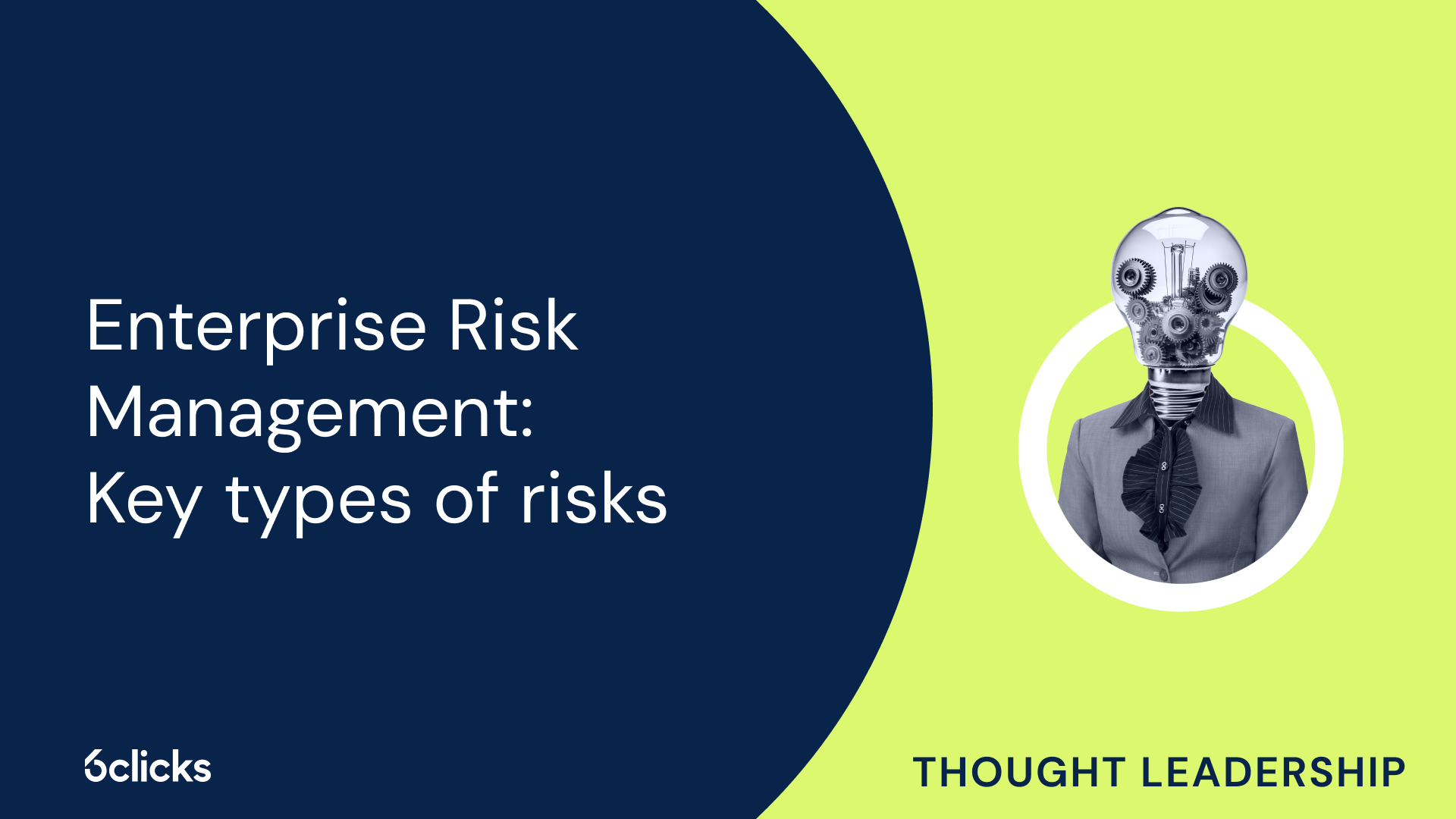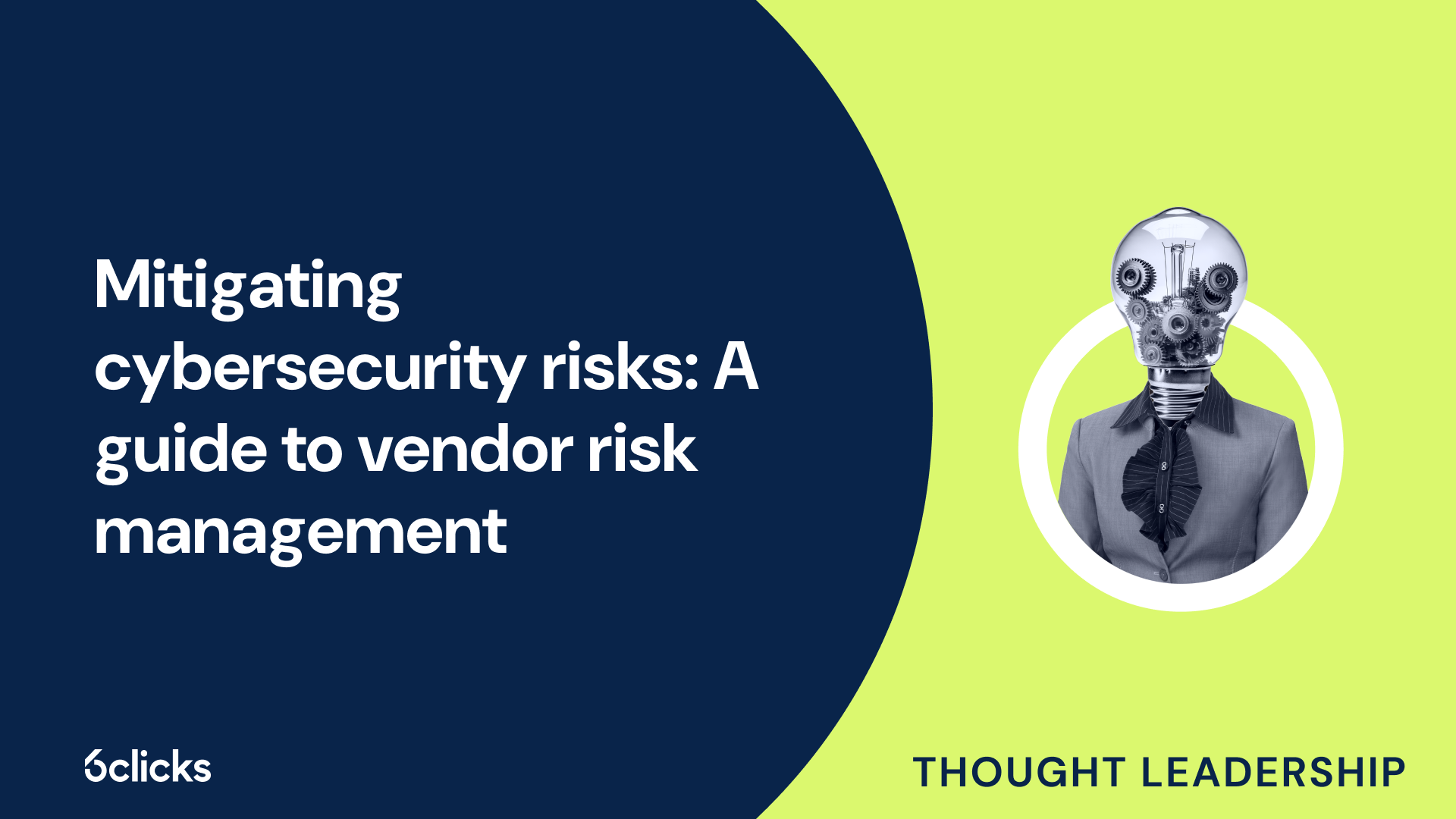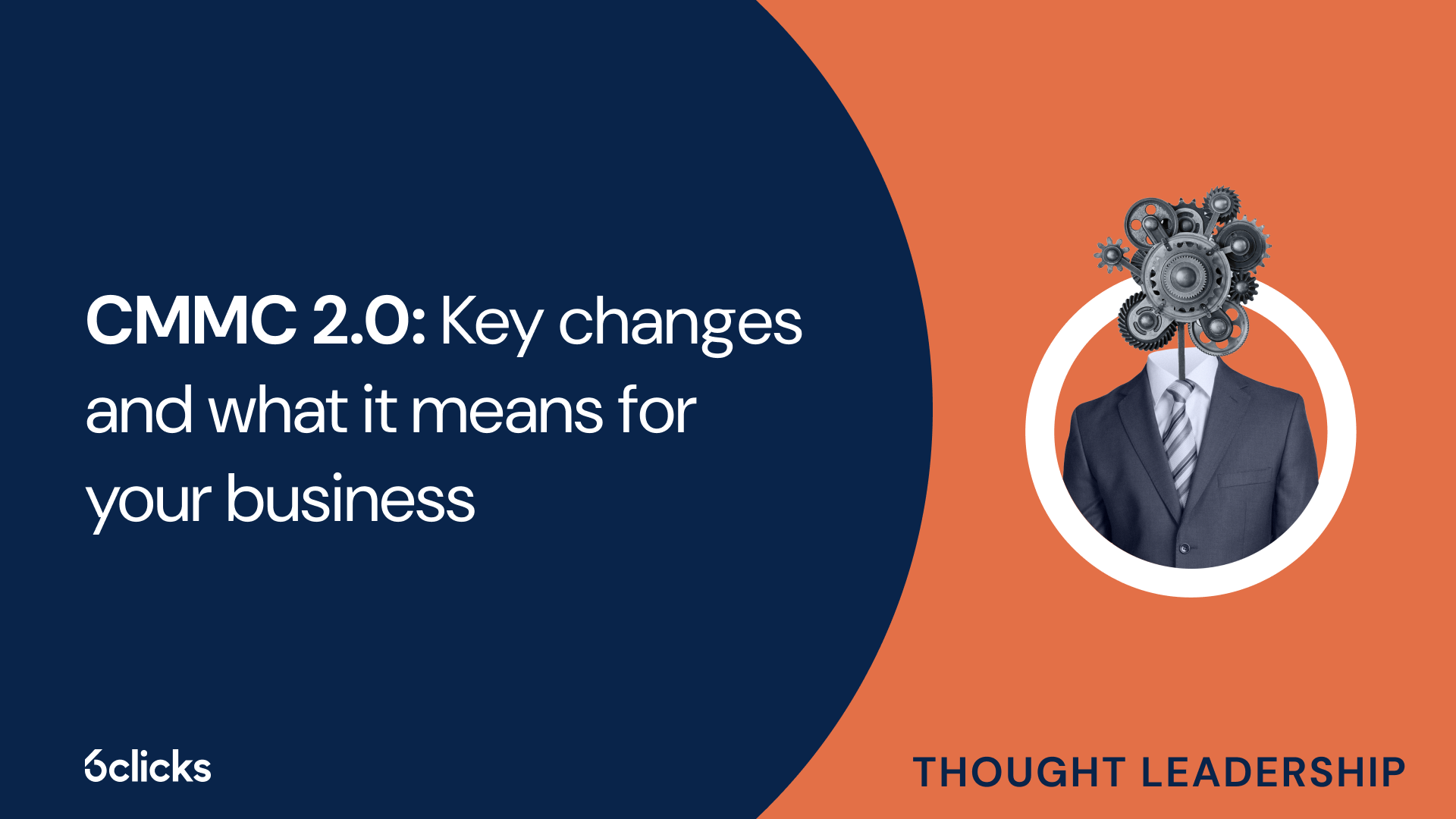The GRC buyer’s guide for 2025: Building resilience with AI-powered, federated solutions
-1.png?width=314&height=391&name=Group%20193%20(1)-1.png)
The GRC buyer’s guide for 2025: Building resilience with AI-powered, federated solutions
What is HITRUST?
HITRUST, which stands for Health Information Trust Alliance, is a certifiable framework that provides a comprehensive set of controls and requirements for managing security and privacy risks in healthcare industries. It was created to address the increasing need for regulatory compliance in the healthcare sector and to help organizations effectively manage their security posture. HITRUST CSF (Common Security Framework) combines various industry standards and regulations into a single framework, enabling healthcare organizations to meet multiple compliance requirements with a unified and efficient approach. This framework covers a broad range of control objectives, including those related to data protection, risk management, and regulatory factors, making it a gold standard for healthcare-specific security frameworks. By achieving HITRUST CSF certification, organizations demonstrate their commitment to protecting personal health information and meeting the highest security standards in the industry.
What does HITRUST do?
HITRUST, which stands for Health Information Trust Alliance, plays a crucial role in developing and maintaining a comprehensive cybersecurity framework for organizations within the healthcare industry. It provides a certifiable framework to help healthcare organizations manage and mitigate risks, improve their security posture, and achieve compliance with regulatory requirements.
HITRUST understands the unique regulatory factors involved in the healthcare industry and has designed its framework to address these specific needs. By aligning with various common security frameworks, standards, and regulations, HITRUST ensures that organizations can meet the complex compliance requirements of the industry.
The HITRUST CSF (Common Security Framework) certification process is a key component of its service. This certification validates that an organization has implemented the necessary control objectives, control specifications, and requirement statements defined by HITRUST. Achieving this certification demonstrates an organization's commitment to cybersecurity best practices and a strong security control baseline.
History of HITRUST
HITRUST, also known as the Health Information Trust Alliance, was founded in 2007 with the goal of addressing the increasing cybersecurity risks faced by the healthcare industry. The organization recognized the need for a comprehensive framework that could effectively manage the unique regulatory requirements and security risks inherent in the healthcare sector.
HITRUST developed the Common Security Framework (CSF) as a certifiable framework that aligns with various industry regulations, standards, and security control baselines. The framework integrates the requirements of multiple regulatory factors and provides a consolidated approach for healthcare organizations to achieve and maintain compliance.
Over the years, HITRUST has become the gold standard in healthcare-specific security and has gained recognition and adoption by healthcare organizations, government agencies, and cloud service providers. The HITRUST CSF certification process has become a crucial step for organizations to demonstrate their commitment to protecting sensitive health information and maintaining a robust security posture.
Through ongoing updates and enhancements, HITRUST continues to evolve its framework to address emerging threats and regulatory changes. The organization remains committed to providing a comprehensive security framework that helps organizations effectively manage their cybersecurity risks and meet the complex compliance requirements of the healthcare industry.
Founding and mission
HITRUST, a privately held company located in Frisco, Texas, was founded in 2007 with a strong mission in mind. The organization aims to create programs that effectively safeguard sensitive information and manage information risk for global organizations operating across all industries, including throughout the third-party supply chain.
HITRUST recognizes the increasing importance of protecting sensitive information in today's digital landscape, where cybersecurity threats continue to evolve and pose significant risks to organizations. By developing comprehensive programs, HITRUST strives to provide organizations with the tools and frameworks necessary to mitigate these risks and maintain a secure environment for sensitive data.
The founding of HITRUST was rooted in the need for a consolidated and certifiable framework that could address the unique regulatory requirements and security challenges faced by organizations worldwide. Through their programs, HITRUST aims to establish trust between organizations and their stakeholders, ensuring that sensitive information is handled with the utmost care and security.
Growth and expansion of services
HITRUST has experienced significant growth and expansion in its services since its establishment. Initially, HITRUST focused on developing the HITRUST Common Security Framework (CSF), which provided a comprehensive framework for healthcare organizations to meet regulatory requirements and manage their security posture effectively.
Over time, HITRUST recognized the need to address cybersecurity challenges beyond the healthcare industry. As a result, they expanded their services to include certification programs for other sectors, such as financial services and government agencies. This expansion allowed organizations in these industries to benefit from HITRUST's expertise in developing certifiable frameworks that address their unique regulatory factors.
HITRUST also developed a maturity model that encourages organizations to continually improve their data security practices. The maturity model provides guidance on how to adapt to changes in cybersecurity standards and implement more robust security controls. By adopting this model, organizations can assess their current security posture, identify areas for improvement, and implement measures to enhance their overall security and compliance posture.
One of the main benefits of obtaining HITRUST certification is that it demonstrates an organization's credibility to its stakeholders. The certification process is rigorous and requires organizations to meet stringent control objectives and compliance requirements. Achieving certification validates an organization's commitment to protecting sensitive information and enables them to differentiate themselves in the market as a trusted and reliable entity.
Furthermore, HITRUST certification offers cost and time-effective processes for organizations. By leveraging the HITRUST CSF and utilizing the control references and requirement statements provided, organizations can streamline their compliance efforts and avoid the need to navigate multiple compliance frameworks independently. This efficient approach ultimately saves time and resources, allowing organizations to focus on their core business while maintaining comprehensive security measures.
HITRUST CSF certification process
The HITRUST CSF (Common Security Framework) certification process provides a comprehensive framework for healthcare organizations to achieve regulatory compliance and enhance their security posture. This certification program enables organizations to demonstrate their commitment to protecting sensitive health information and meeting the rigorous control objectives and compliance requirements set by HITRUST. By obtaining HITRUST CSF certification, organizations can differentiate themselves in the market as trusted entities and streamline their compliance efforts through efficient processes. This article explores the certification process and its benefits for healthcare organizations.
Overview of the certification process
HITRUST certification is a comprehensive framework that addresses the regulatory requirements and security needs of healthcare organizations. It provides a certifiable framework for healthcare-specific security standards and takes into account various regulatory factors. Achieving HITRUST certification demonstrates an organization's commitment to maintaining a strong security posture and complying with industry-specific regulations.
The HITRUST certification process involves six steps. The first step is defining the scope, where organizations determine the systems and processes that will be included in the certification. The second step is choosing the validation type, which can be either self-assessment or third-party assessment.
The third step is conducting a gap assessment and remediation. This involves identifying any gaps in the organization's current security controls and implementing the necessary remediation measures. The fourth step is the final assessment, where an independent third party conducts a thorough assessment of the organization's compliance posture.
The fifth step is achieving passing scores in each of the 19 HITRUST domains. These domains cover various areas such as risk management, control objectives, and compliance requirements. The organization must demonstrate compliance with the applicable control requirements at different maturity levels.
The final step is the interim assessment, conducted annually to ensure the organization's continued compliance with the HITRUST certification requirements.
Requirements for certification
The HITRUST certification process requires organizations to meet specific requirements to ensure the security of sensitive information in the healthcare industry. One of the key requirements is achieving a passing score in each of the 19 HITRUST domains.
These domains encompass various aspects such as risk management, control objectives, and compliance requirements. Control requirements within each domain are evaluated against five 'Maturity Levels' based on the degree of implementation. However, it is important to note that the policy, procedure, and implementation maturity levels are the primary focus for certification, while the measured and managed levels are typically not required.
To obtain HITRUST certification, organizations must demonstrate their compliance with the applicable control requirements at different maturity levels. This ensures that they have robust policies, procedures, and implementations in place to maintain a secure environment for personal health information. By meeting these requirements, organizations can achieve the HITRUST certification, which helps them establish a comprehensive security framework and meet regulatory factors in the healthcare industry.







